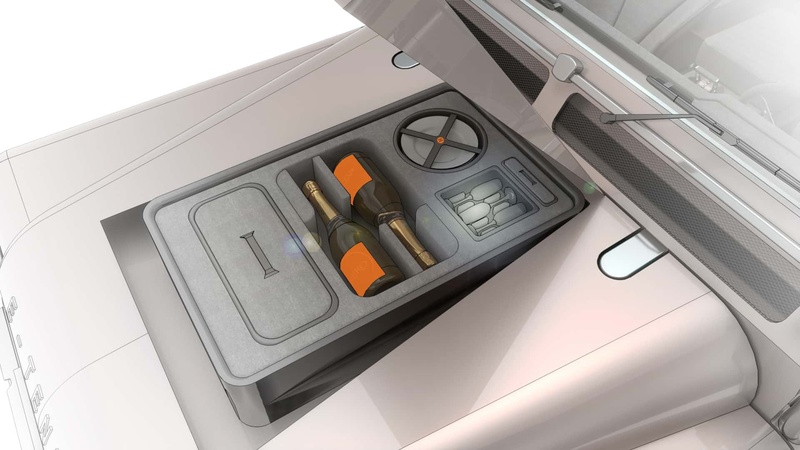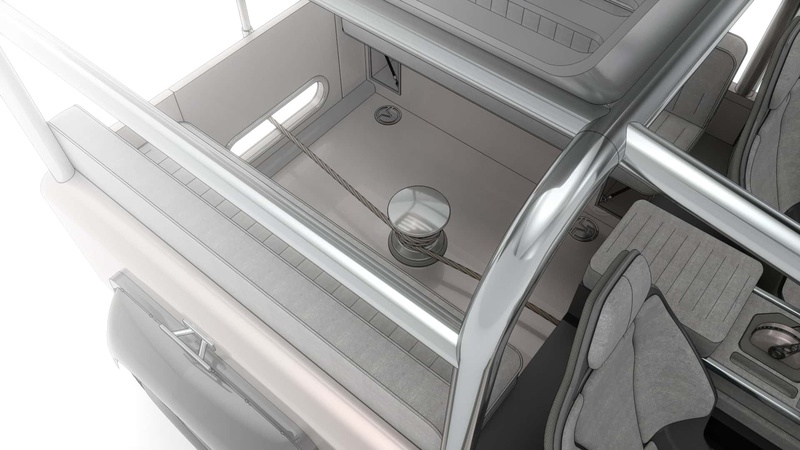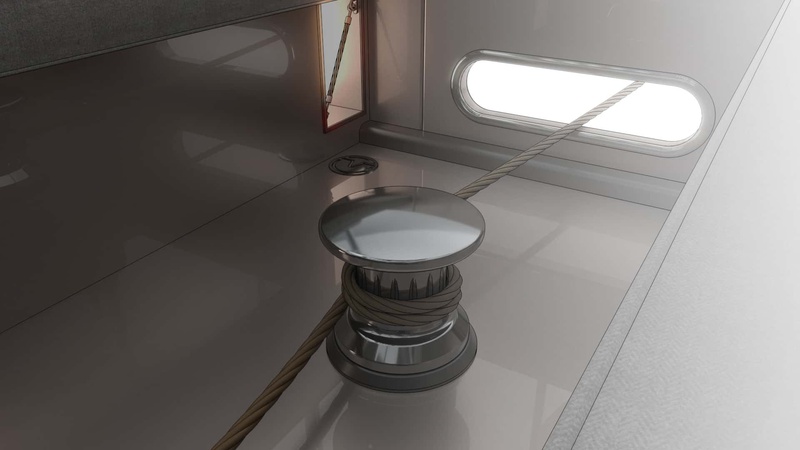The vehicle, called the Shore Tender, is a classic Land Rover Defender that has undergone an extensive restoration process before being transformed into an all-electric luxury off-roader in collaboration with renowned superyacht designers Bannenberg & Rowell and superyacht specialist brokers Edmiston.
Everrati, known for its Defender and Porsche 911 conversions, says this particular commission features a sailcloth roof awning, reclaimed ocean plastic floor panels, and removable doors and capstans to make it easier to store in the tender garage of a client's main or support vessel.
The custom EV can be recharged during transportation on the water, although given that many superyachts are powered by massive diesel engines with toxic emissions, we don't quite agree with Everrati's claim that charging the car on the boat allows for clean air use in remote locations.





Land Rover Defender "Shore Tender" EV Conversion by Everrati
The luxury list continues with a custom champagne cooler in the hood bulge, picnic baskets, and under-bench storage for equipment and towels. The exterior paint can be customized to match the mother ship, and custom sailcloth duffel bags embroidered with the yacht's name can be included in the package to add an extra layer of customization.
Everrati says that the Shore Tender Defender can be ordered as a pair, giving customers the chance to “share the adventure experience of driving two vehicles at awe-inspiring destinations,” which sounds quite lavish, considering there would also be two yachts in the equation.
The British company's latest creation is equipped with a bespoke electric drivetrain and features OEM-grade components, as well as regenerative braking and AC and DC fast-charging capabilities, although the company didn't mention power and energy storage figures.
Everrati hasn't announced a price either, but given that a regular road-going Defender starts at $225,000 (£185,000), according to the official website, it wouldn't be crazy to think that the Shore Tender is even more expensive.
Source: InsideEVs

